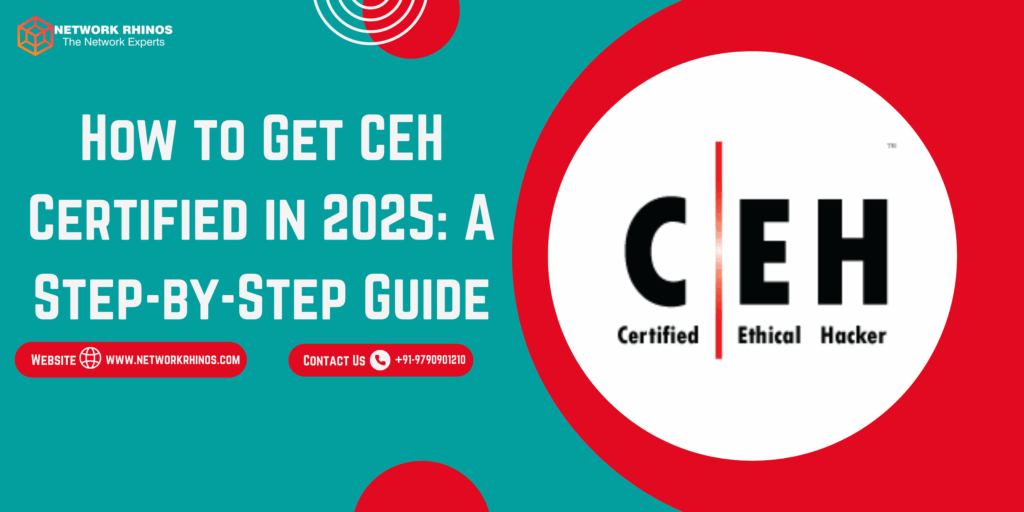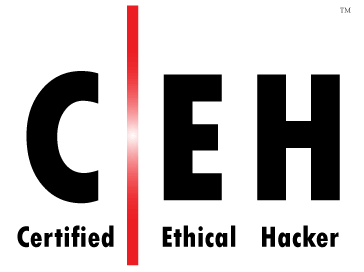How to Get CEH Certified in 2025: A Step-by-Step Guide
May 11, 2025 Your complete, no-nonsense guide to becoming a Certified Ethical Hacker Continue reading on Medium » Article posted by: https://medium.com/@joanhermann87/how-to-get-ceh-certified-in-2025-a-step-by-step-guide-975473921a37?source=rss——cehv12-5 ——————————————————————————————————————– Infocerts, 5B 306 Riverside Greens, Panvel, Raigad 410206 Maharashtra, India Contact us – https://www.infocerts.com






